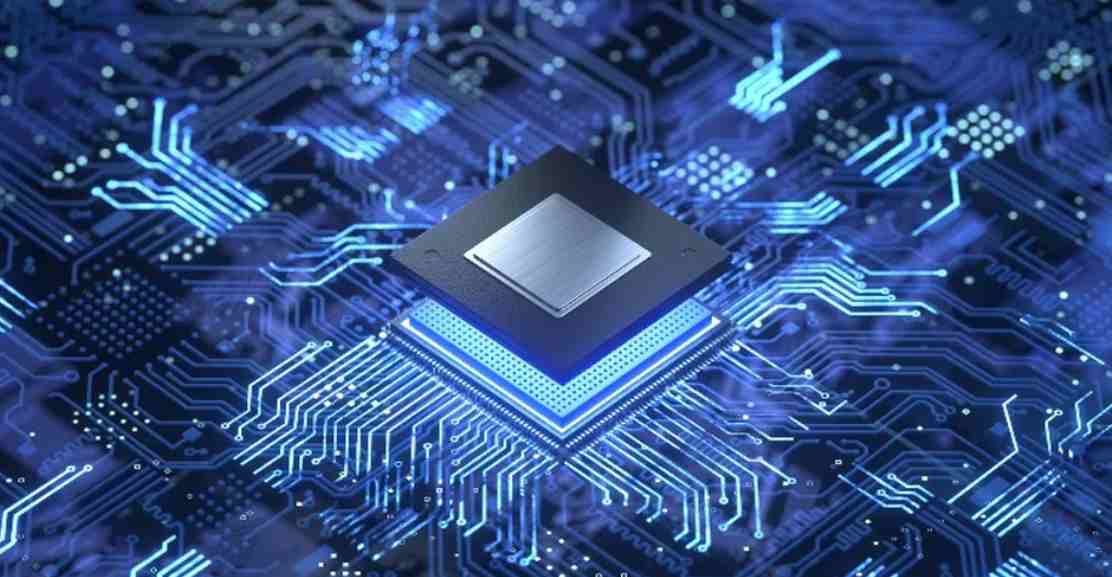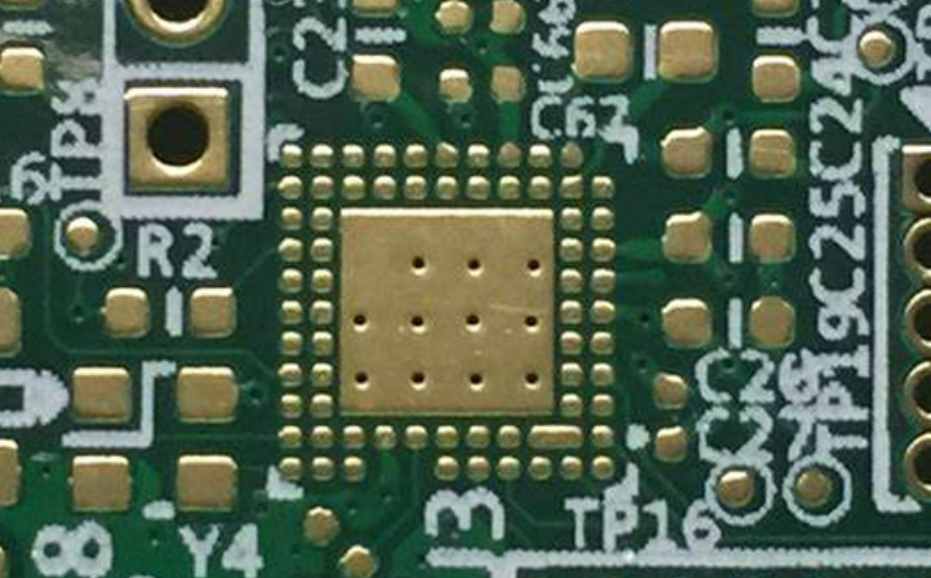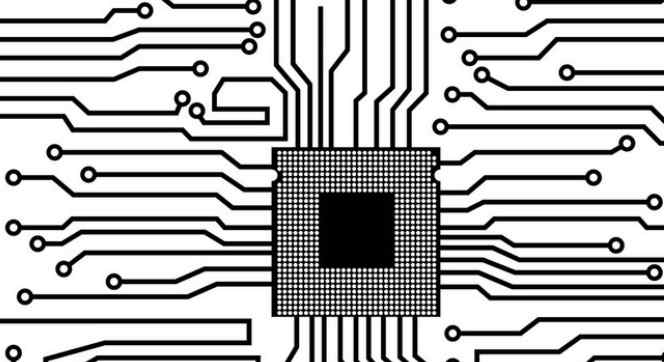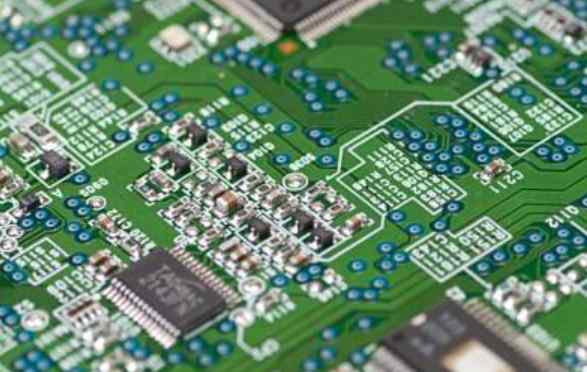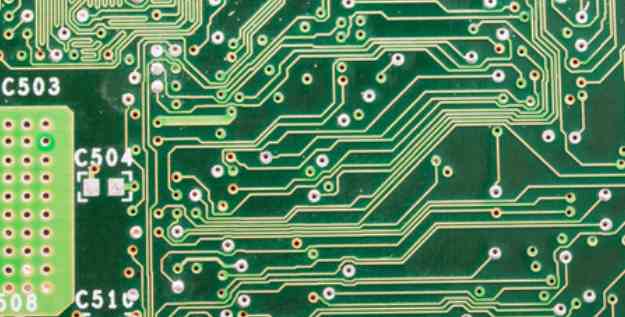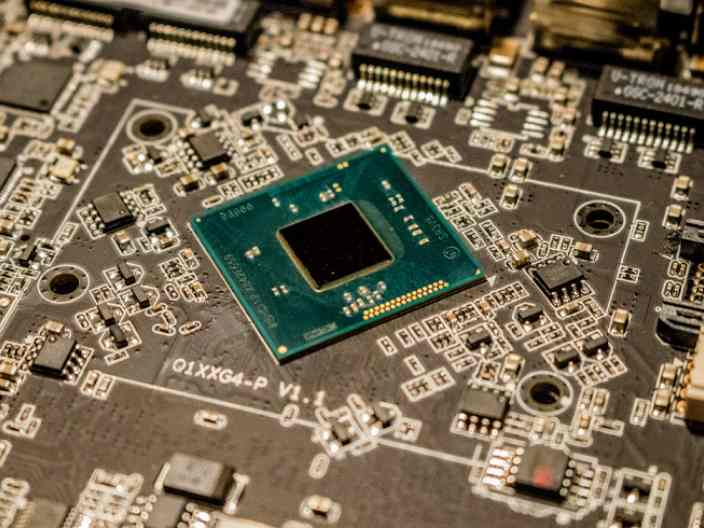
Flexible circuit board features: (1)FPC small size, light weight. (2)FPC can move, bend and twist. (3)FPC has excellent electrical properties, dielectric properties and heat resistance. (4)FPC has high assembly reliability and operation. (5) The FPC can be installed with three position connection. (6)FPC is beneficial to thermal diffusion. (7) Low cost. (8) Continuity of processing.
Flexible circuit board product characteristics:
Soft board is a printed circuit board made of flexible insulating material, which has many advantages that Rigid Printed Circuit Boards do not have.
Small size, light weight, greatly reduce the size of the device, suitable for electronic products to high density, miniaturization, lightweight, thin, high reliable direction of development needs. With a high degree of flexural, free bending, winding, twisting, folding, three-dimensional wiring, according to the spatial layout requirements of arbitrary arrangement, change the shape, and in the three-dimensional space of arbitrary movement and expansion, so as to achieve the integration of component assembly and wire connection.
Excellent electrical properties, high temperature resistance, fire resistance. Stable chemical change, good stability, high reliability. With higher assembly reliability, provides convenience for circuit design, and can greatly reduce the assembly workload, and easy to ensure the performance of the circuit, so that the cost of the whole machine is reduced. Additional mechanical stability is obtained by increasing its strength through the use of reinforcing materials. The combination of soft and hard design also makes up for the slight deficiency of flexible substrates in the bearing capacity of components to some extent.

Rigid circuit board features:
It can be high-density. For more than 100 years, the high density of printed boards has been developed with the increase of integrated circuits and the advancement of installation technology.
High reliability. Through a series of checks, tests and aging tests, the PCB can be guaranteed to work reliably for a long time (generally 20 years).
Designability. For PCB various performance (electrical, physical, chemical, mechanical, etc.) requirements, can be achieved by design standardization, standardization, etc., printed board design, short time, high efficiency.
Be productive. Using modern management, can be standardized, scale (quantity), automation and other production, to ensure the consistency of product quality.
Testability. A more complete test method, test standards, various test equipment and instruments are established to test and identify the PCB board product qualification and service life.
Function of rigid circuit board:
Electronic equipment using printed board, because of the consistency of similar printed board, so as to avoid the error of manual wiring, and can realize the automatic insertion or installation of electronic components, automatic soldering, automatic detection, to ensure the quality of electronic equipment, improve labor productivity, reduce costs, and easy maintenance.
Flexible circuit board and rigid circuit board difference:
Rigid circuit board and flexible circuit board both have similarities and differences. For flexible circuit boards, rigid circuit boards are more widely used, because rigid circuit boards appear earlier, so most of the design elements of rigid circuit boards have been used in the design of flexible circuit boards, so what is the difference between rigid circuit boards and flexible circuit boards before?
1, the current carrying capacity of the wire: relative to the rigid circuit board, the heat dissipation performance of the flexible circuit board is relatively poor, so it must provide enough wire width. Considering the heat dissipation of the flexible circuit board, it is necessary to give extra width or spacing to the wires.
2, shape: in general will choose rectangle, can be very good to save the substrate, close to the edge should leave enough free margin. A sharp inside Angle may cause the plate to tear. Small wire widths and spacing should therefore be minimized, and the transition must be as smooth as possible. The sharp Angle will make the stress concentrate naturally and cause the fault of the wire.
3, flexibility: the flexibility of rigid circuit boards is, of course, less than flexible circuit boards, for a large number of bending cycles, flexible circuit boards have better performance.


